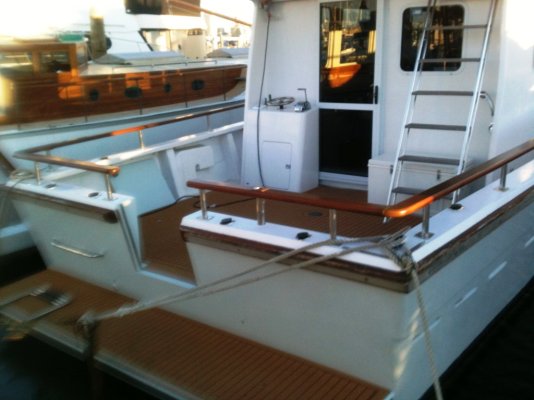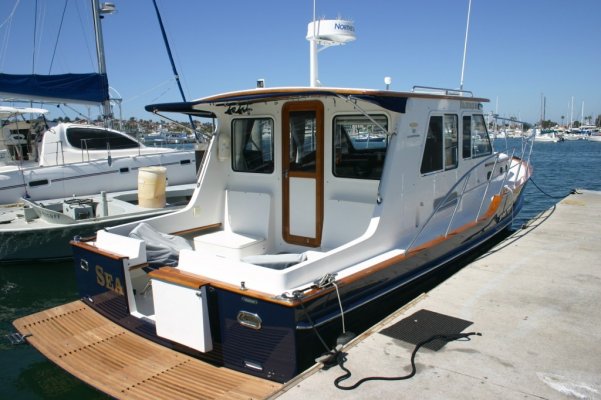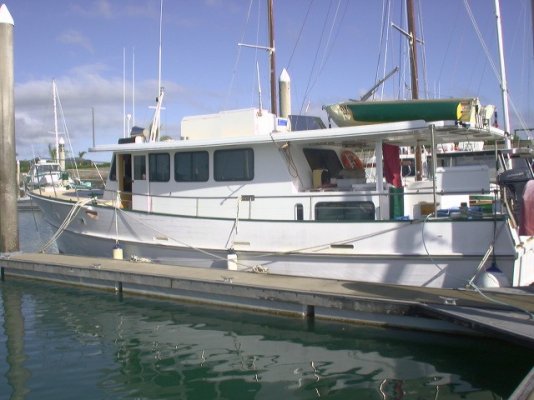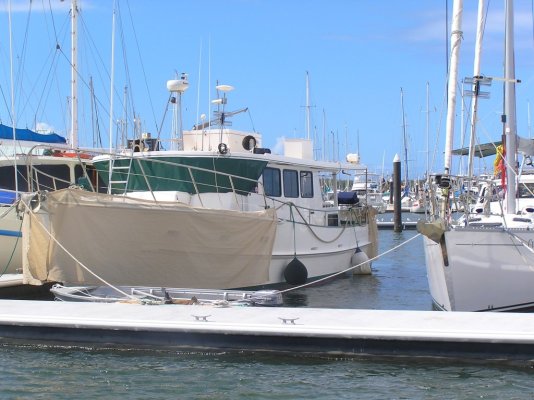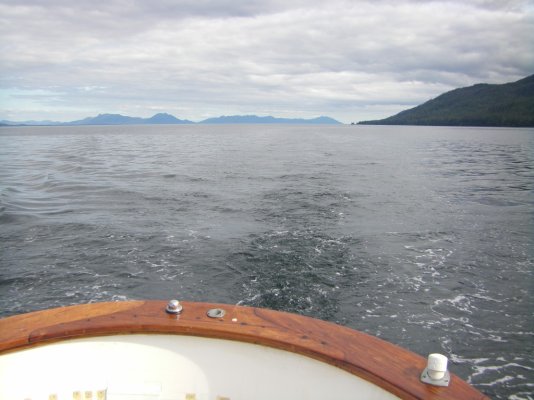Nomad Willy
Guru
Re: Linseed oil on teak
I've been through several finishes on my cap rails and the Alaska weather gets them all.*My last effort was a teak oil called Sea Finn, a product of Dayls in Seattle. Excellent products *.. *excellent company *.. *but I've had some build and I don't want build. 25% of the cap rail is mostly like varnish w warm brown color and the rest is greyish and weathered looking. I'm sure if I put more coats of the Sea Finn on it would look generally like varnish and require more sanding and coating. I want the soft oiled look like a 6' section I've done w linseed oil (after sanding) about 2 weeks ago.
Here's the question:
I've heard teak turns black after using tung oil. Does it? And does linseed oil produce the same coloring * * ..black? I suspect the tales are true but does anyone know WHY the teak turns black???. I'm hoping it's mildew and that adding mildicide to the oil the teak won't turn black if oiled frequently enough. What think??
Eric Henning
I've been through several finishes on my cap rails and the Alaska weather gets them all.*My last effort was a teak oil called Sea Finn, a product of Dayls in Seattle. Excellent products *.. *excellent company *.. *but I've had some build and I don't want build. 25% of the cap rail is mostly like varnish w warm brown color and the rest is greyish and weathered looking. I'm sure if I put more coats of the Sea Finn on it would look generally like varnish and require more sanding and coating. I want the soft oiled look like a 6' section I've done w linseed oil (after sanding) about 2 weeks ago.
Here's the question:
I've heard teak turns black after using tung oil. Does it? And does linseed oil produce the same coloring * * ..black? I suspect the tales are true but does anyone know WHY the teak turns black???. I'm hoping it's mildew and that adding mildicide to the oil the teak won't turn black if oiled frequently enough. What think??
Eric Henning

